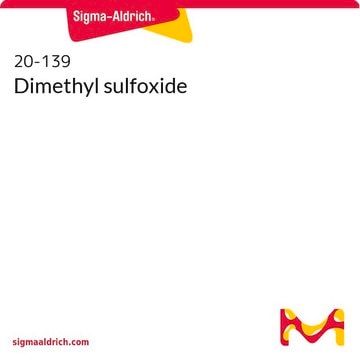157058
2-Benzoxazolinone
98%
Synonym(s):
2-Hydroxybenzoxazole
About This Item
Recommended Products
assay
98%
mp
137-139 °C (lit.)
SMILES string
O=C1Nc2ccccc2O1
InChI
1S/C7H5NO2/c9-7-8-5-3-1-2-4-6(5)10-7/h1-4H,(H,8,9)
InChI key
ASSKVPFEZFQQNQ-UHFFFAOYSA-N
Gene Information
human ... CYP1A2(1544)
Looking for similar products? Visit Product Comparison Guide
signalword
Warning
hcodes
Hazard Classifications
Acute Tox. 4 Dermal - Acute Tox. 4 Inhalation - Acute Tox. 4 Oral
Storage Class
11 - Combustible Solids
wgk_germany
WGK 3
flash_point_f
320.0 °F - closed cup
flash_point_c
160 °C - closed cup
ppe
dust mask type N95 (US), Eyeshields, Gloves
Choose from one of the most recent versions:
Already Own This Product?
Find documentation for the products that you have recently purchased in the Document Library.
Customers Also Viewed
Active Filters
Our team of scientists has experience in all areas of research including Life Science, Material Science, Chemical Synthesis, Chromatography, Analytical and many others.
Contact Technical Service










